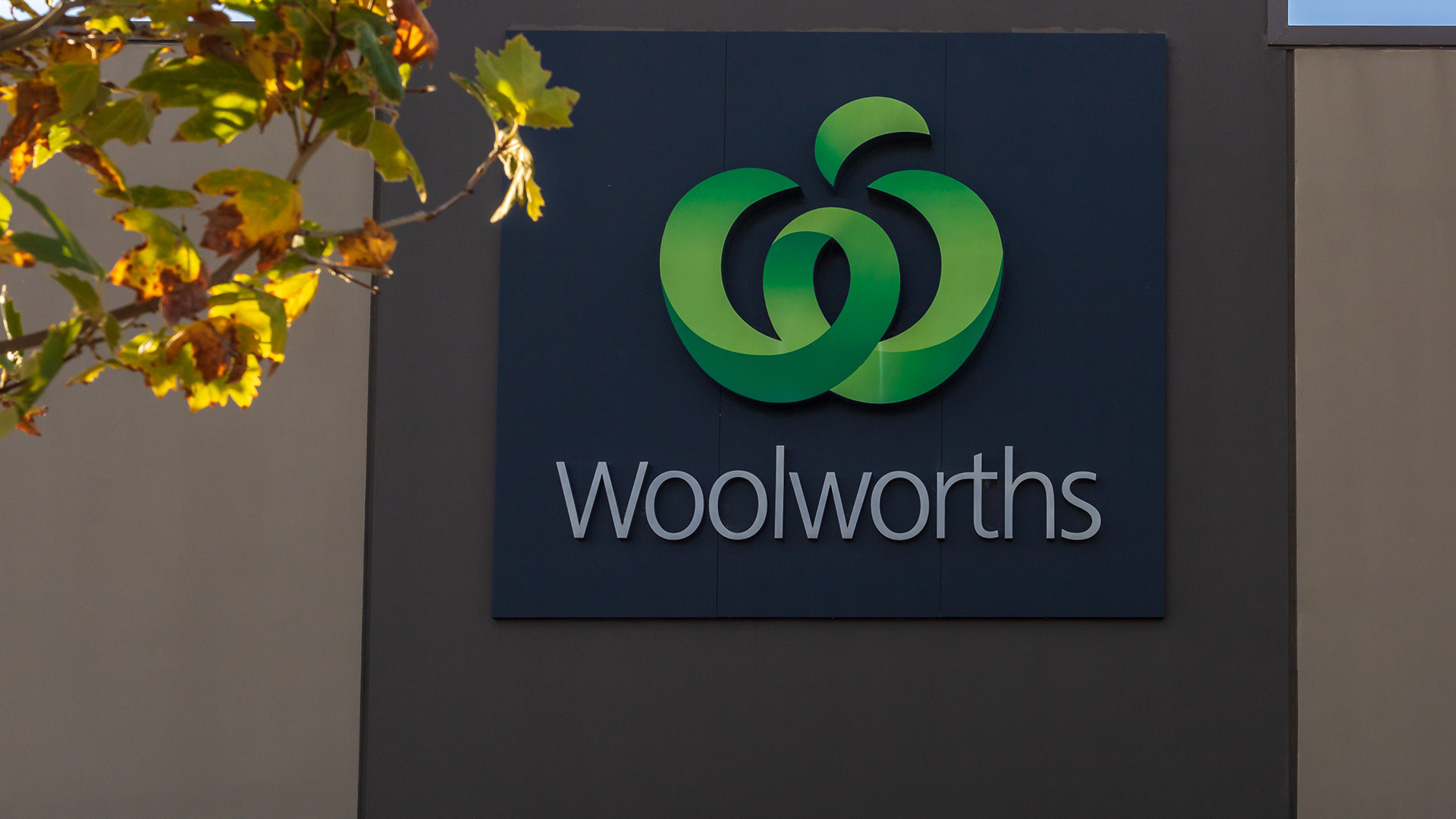The annual report on the performance of Australia’s big four banks from accounting firm, KPMG warns shareholders to accept the weakening profit trend that emerged in 2014-15.
On the surface the big four did OK in 2014-15 – higher revenues, higher profits and slightly lower cost to income ratios. But net interest margin fell to a record low and return on equity eased (but from ultra high levels, so not a real concern at the moment).
The challenges facing the big four were underlined by the comment yesterday from Westpac CEO, Brain Hartzer that the industry faces a longer for lower environment so far as growth in revenue and earnings are concerned.
Bank investors have started heeding the mixed financials from the banks and comments from the likes of Mr Harzter – NAB and ANZ shares are down more than 8% since the start of last week, while the CBA and Westpac have fallen more than 3% and 4% in the past two days.
KPMG said yesterday that the combined cash earnings of the ANZ, and National Australia Banks and Westpac rose 5.4% to $30 billion in 2014-15.
However, return on equity fell from 15.5% to 15% and KPMG warned this weakening trend is likely to continue as the banks are forced to increase their capital levels.
Underlining this weakening trend, net interest margins continued to contract to a record low 2.02% across the big four, while charges related to bad debts also rose, increasing $363 million to $3.764 billion in 2014-15 (June 30 for the CBA, September 30 for the ANZ, NAB and Westpac).
“Real courage will need to be shown by bank management over the next few years, and if banks push too hard on maintaining short term return to shareholders, they risk significantly damaging their long term franchise value and reputations,” KPMG’s Asia Pacific head of banking Andrew Dickinson said in the report.
“Longer term, we see customer behaviour and competitive dynamics continuing to rapidly evolve, driven by demographic changes, the digital revolution and the rise of fintech competition, presenting both threats and opportunities for the major banks.
“In order to enhance their level of agility, the majors will need to intensify their efforts to simplify, standardise and automate their operating models, as well as preserve optionality in their strategies in order to capitalise on opportunities as they arise."
“Revenue and margin headwinds, rising costs and capital levels, with a deteriorating credit quality outlook all mean the majors will face challenges in reversing declining returns in the years ahead,” Mr Dickinson said.
He added that recent moves by the big four to increase rates did highlight that the banks have some market power to improve margins, but warned of the need to balance shareholder and customer interests.
A careful balancing of the two "will be required in future to ensure disruptors are not further emboldened to attack established lenders’ business models,” he said.
The big four banks’ cost to income ratio (the key measure of expense control, the lower the more efficient) eased to 45.6% to 45.3%. KPMG said it was time for banks to fundamentally change their operating models to allow them to enhance the customer experience and reduce the cost base.
“At the core of this will be the digital enablement of distribution channels, particularly branches which represent such a significant portion of the banks’ overall cost base," KPMG Australia head of banking Ian Pollari said.
“In addition, banks need to continue redesigning middle-and-back office processes and increase the use of outsourcing.” That is the bottom line from Westpac’s new strategy announced under Mr Hartzer earlier this year.
Meanwhile, EY said in a separate report that lower interest rates, increased competition and tougher regulatory requirements on the banks to hold more capital to protect them against future financial shocks will all add extra pressure on their profits in coming years.
As well, mortgage arrears had begun to tick higher in the resources states of Queensland and Western Australia, the property booms in Sydney and Melbourne are slowing, new home construction is also starting to lose impetus and the banks all face rising bad debts in NZ from the country’s troubled dairy sector (where they have an estimated $30 billion at stake.
“Slowing growth and declining returns are a clear signal that we’ve reached the end of the banks’ golden era," EY’s Oceania banking and capital markets leader, Tim Dring, said.
"In order to continue to prosper in this new environment, banks will need to refocus on core businesses, redefine their structure and reshape their businesses through technology."













